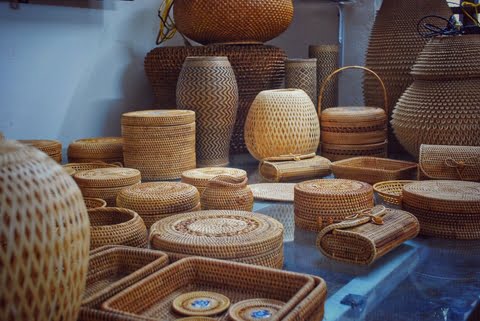CONTAINERS ARE COMMONLY USED IN TRANSPORTATION
For the transportation industry, containers are very popular and widely used. Containers help transport and preserve goods safely, contributing to the development of the transportation industry in particular and commercial activities in general.
To meet the need for standardization of containers used globally, the ISO 668:1995(E) standard clearly states the standard for container size and code as follows:
- About width: All types of ISO containers have a width of 2.438m (8ft).
- About height: Currently, containers are divided into two types: regular and tall. For regular containers, it is usually about 8 feet 6 inches (8’6″) high. Meanwhile, tall containers are 9 feet 6 inches (9’6″) high.
- About length: 40-foot containers are taken as the standard. However, there are still many shorter types of containers, but when designing, it is necessary to calculate how to arrange and place 40-foot containers with a 3-inch gap in between. For example: 2 20′ containers will fit under 1 40′ container with a gap between these 2 20′ containers of 3 inches.
CONTAINER CLASSIFICATION
According to ISO 6346 (1995), sea containers include 7 main types as follows:
- General cargo containers
- Bulk containers
- Specialized containers
- Reefer containers
- Open top containers
- Flat rack containers
- Tan containers
1. General cargo container
General cargo containers are often used to transport dry goods, so they are also called dry containers (abbreviated as 20’DC or 40’DC).
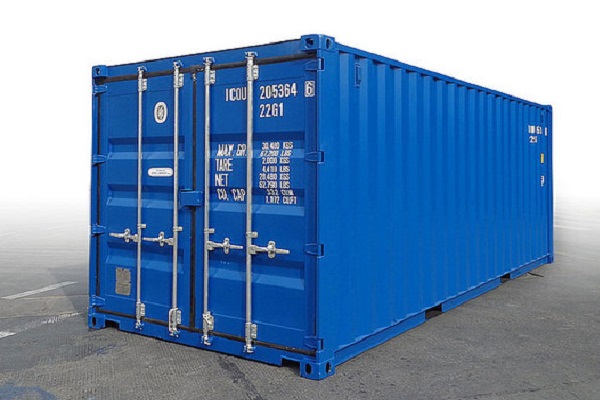
Mostly, general cargo containers are only used to transport dry goods. Because this type of container is not equipped with refrigeration and temperature control devices like some other containers. Therefore, it cannot transport goods that require preservation at standard temperatures such as frozen goods, food, etc., but can only transport dry goods. However, to compensate for that limitation, general cargo containers are designed with large compartments and high strength, so they are often chosen to transport goods long distances by road and sea.
Dimensions of general cargo containers:
| Type of cont | Size | Volume |
| Container 10 feet | D 3,047m x R 2,438m x C 2,591m | 14,9 m3. |
| Container 20 feet: | D 6.058m x R 2,438m x C 2,591m | 33,04 m3. |
| Container 40’DC: | D 12,192m x R 2,438m x C 2,591m | 67,34m3. |
| Container 40’HC | D 12,192m x R 2,438m x C 2,896m | 75,95 m3. |
| Container 45 feet: | D 13,556m x R 2,438m x C 2,896m | 86 m3. |
2. Bulk Container
This type of container allows loading dry bulk cargo (cement, grain, ore, etc.) by pouring from the top down through the loading hatch, and unloading from the bottom or side (discharge hatch).
The normal bulk container has an external appearance similar to a general cargo container, except for the loading hatch and unloading hatch. It is used to transport dry bulk cargo such as cement, grain, noodles, rice, or mineral ores.
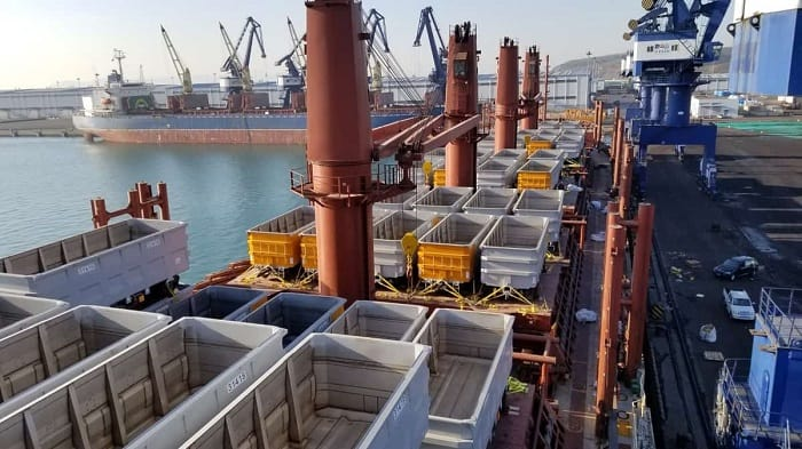
What makes this type of container different from other open-top containers is the large top door, which allows goods to be loaded into the container by pouring from above through the mouth and unloading at the bottom or side gate of the container. This type of gate position also helps the bulk container to be different from the general cargo container.
Bulk containers have 3 sizes
– 20-foot container: This is the smallest type of container, suitable for small and medium volumes of goods, convenient for transporting goods by sea and road. Compared to regular trucks, 20-foot bulk containers have a larger load capacity, optimizing the capacity of goods.
– 40-foot container: This type of container has a standard size, not too big or too small, suitable for goods with many characteristics and is the choice of many businesses.
– 45-foot container: This is the largest container size of bulk containers. For this type of container, production must ensure safety standards to transport heavy, bulky, large to very large goods effectively.
3. Specialized Container
Is a special design for transporting a certain type of goods such as cars, live animals, etc.
- Car container: structure consists of a frame connected to the floor, no need for walls with a roof cover, specialized for transporting cars, and can be arranged inside 1 or 2 floors depending on the height of the car. (Currently, people still transport cars in general cargo containers quite commonly).
- Livestock container: specially designed for transporting livestock. The longitudinal wall or front wall has a small mesh door for ventilation. The bottom of the longitudinal wall is arranged with a hole to drain dirt when cleaning.
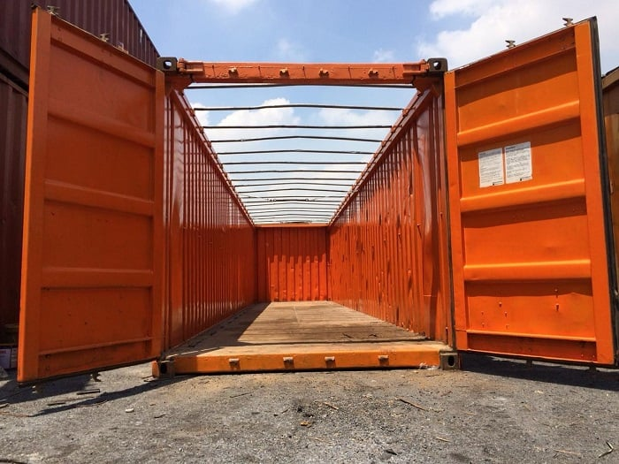
4. Refrigerated Containers
Designed to transport goods that require temperature control inside the container at a certain level. The walls and roof of this type are usually covered with insulation. The floor is made of aluminum in a T-shaped structure that allows air to circulate along the floor and to the empty spaces on the floor. Refrigerated containers can usually maintain hot or cold temperatures. Common practice of refrigerated containers (refer containers)
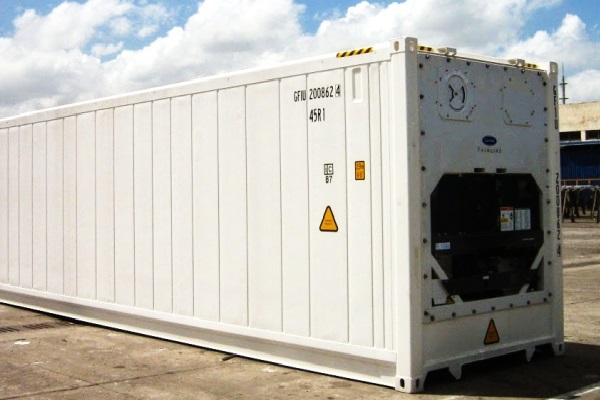
Currently, the insulated container market is divided into many types, which can be divided into 3 main types of containers, including:
- Refrigerated/Reefer container:
In English, refrigerated containers are called Refrigerated/Reefer Containers. This is one of the types of containers in the insulated container group that many people choose to transport goods today. This type of container is designed to transport goods such as fresh food, seafood, etc. that need to be preserved at low temperatures. Therefore, to meet this preservation condition, the container is equipped with a refrigeration system that can adjust the temperature to extremely low levels installed inside the container. However, some containers can be equipped with a refrigeration system on the outside and conduct steam inside to adjust the temperature during transportation.
- Insulated container:
In English, insulated containers are called Insulated Containers. Compared to refrigerated containers, insulated containers are designed to transport other types of goods. Normally, insulated containers are chosen to transport goods such as vegetables, pharmaceuticals, etc. Because this type of container is designed with an insulation layer to keep the internal temperature stable, avoiding temperature increases during transportation. Therefore, there is no need to adjust the temperature to a level that is too low like transporting raw food, insulated containers only need to keep the temperature at a suitable, stable level to be eligible for transporting vegetables, pharmaceuticals
- Ventilated container:
In English, a ventilated container is called a Ventilated Container. This is a type of container designed with a ventilation system, allowing air to circulate through small holes along the partition wall. Basically, this type of container can also transport food. However, due to the different storage requirements of each item, ventilated containers are often chosen to transport plant goods that need to ensure ventilation and no air entrapment to avoid damage.
5. Open top container
Open-top containers are designed to facilitate loading and unloading of goods through the roof of the container. After loading, the roof will be covered with tarpaulin. This type of container is used to transport machinery, equipment or long-bodied wood.
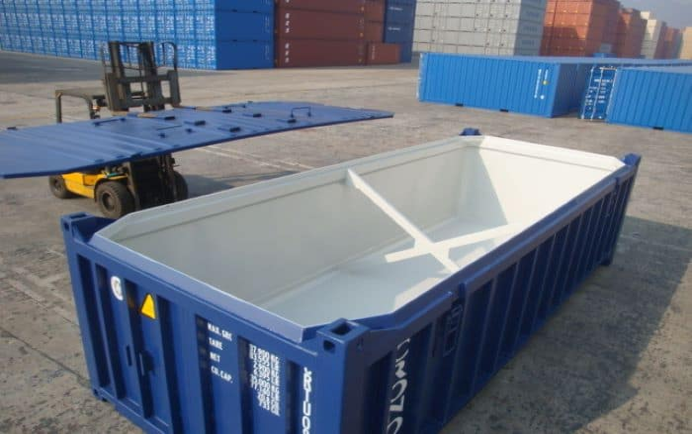
6. Flat rack containers
Flat rack containers are currently used to transport the most oversized and overweight goods, goods that exceed the size and have extremely large loads. With two removable flexible steel walls, users can control and unload the amount of goods more conveniently. Because this container is for oversized goods, trucking will cost a lot. Therefore, you need to calculate carefully before deciding to use it.
20-foot flat container:
- External dimensions: Length 6.06 x width 2.44 x height 2.59 mm;
- Internal dimensions: Length 5.88 x width 2.37 x height 2.25 mm;
- Case weight: 2.750 kg;
- Maximum cargo weight: 31.158 kg;
- Maximum weight of the entire container: 34.000 kg.
- Technical specifications of the popular 20-foot flat container, however, depending on the place of manufacture, there will also be changes in overall dimensions.
40-foot flat container:
- External dimensions: Length 12 x width 2.5 x height 2.59 mm;
- Internal dimensions: Length 11.5 x width 2.43 x height 2.25 mm;
- Case weight: 2.890 kg;
- Maximum cargo weight: 34,135kg;
- Maximum weight of the whole shell: 37,025kg.
- The 40-foot flatbed container is used more than the 20-foot container because of its large size and high resistance.
7. Tank container
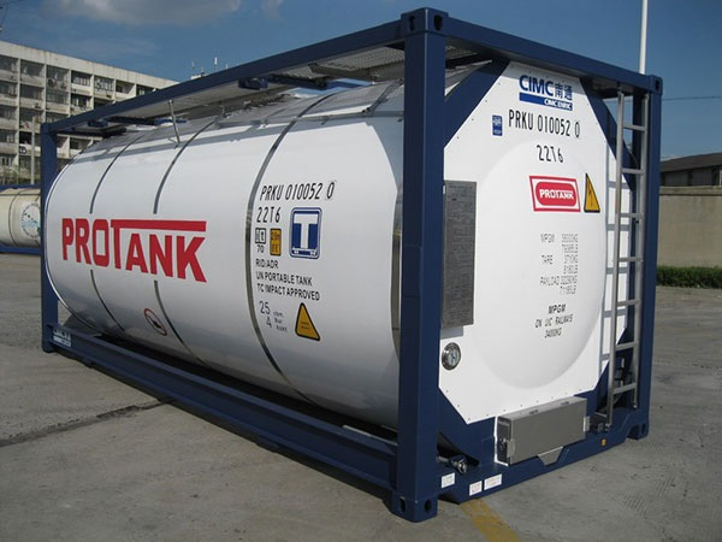
Tank containers are also known as iso tanks, tank containers. Iso tank containers are specially designed vehicles like a large tank, made of stainless steel, which can contain and transport large quantities of goods. And this type of container is mainly used to transport non-hazardous and hazardous liquids. Currently, they are used for hazardous chemicals
Similar to warehouse containers (dry containers), tank containers are also classified according to common sizes of 20 feet and 40 feet. The structure consists of a frame designed according to ISO standards and a large tank is installed inside. This tank is used to store liquids pumped in from above the tank. With iso tank containers, the inside is mainly made of stainless steel. And on the outside of this metal surface there is also an insulation layer and an outer protective layer made of polyurethane or aluminum. However, for some types of pressure-resistant tanks, other materials can be used.
Depending on the purpose of use, tank containers are classified into the following types:
- By size: 20-foot tank containers, 40-foot tank containers, …
- By volume: 21,000-liter tank containers, 24,000-liter tank containers, 26,000-liter tank containers, …
- Classified by manufacturing materials: Steel tank containers, aluminum tank containers, …
HML SUPPLY CHAIN,. JSC
Tel: +84 82 369 2828
Email: infor@hml.com.vn
Website: hml.com.vn



